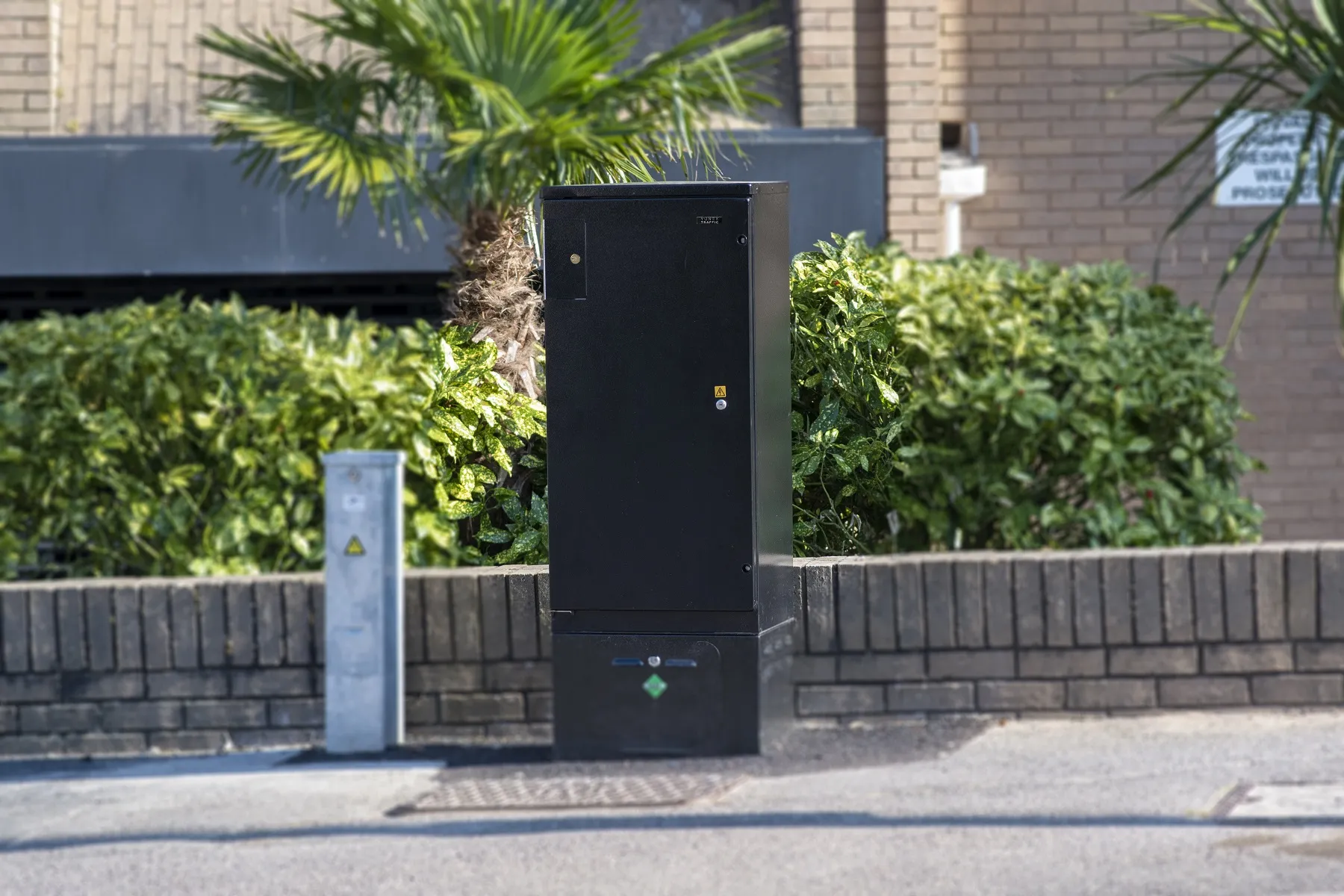Researchers at the Universiti Teknikal Malaysia Melaka (UTeM) have created what they claim is the world’s first traffic light that uses a single display, but plays the same role, or even better compared to traditional three display sets. The multi-colour display is a low-power unit (6-12V DC) that costs significantly less to manufacture (split board, fewer LEDs, small PCB boards, and a common board for all three colours) and maintain and requires only two output controllers to display the three different co
June 22, 2012
Read time: 2 mins
Researchers at the 5998 Universiti Teknikal Malaysia Melaka (UTeM) have created what they claim is the world’s first traffic light that uses a single display, but plays the same role, or even better compared to traditional three display sets. The multi-colour display is a low-power unit (6-12V DC) that costs significantly less to manufacture (split board, fewer LEDs, small PCB boards, and a common board for all three colours) and maintain and requires only two output controllers to display the three different colours. Importantly, the colour-blind have been catered for through the use of different symbols to indicate the change in light colours.
According to the researchers, the system can be integrated easily into existing traffic light systems, regardless of control type and cabling. Voltage and existing cabling methods can be modified to be compatible with the single-display traffic light system.
According to the researchers, the system can be integrated easily into existing traffic light systems, regardless of control type and cabling. Voltage and existing cabling methods can be modified to be compatible with the single-display traffic light system.










